Cherries, with their sweet and tart flavor, vibrant color, and numerous health benefits, are one of the most beloved fruits in the world. Whether enjoyed fresh, baked into pies, or turned into preserves, cherries hold a special place in global agriculture. But have you ever wondered where most of the world’s cherries come from?
When it comes to cherry production, one country stands out above the rest — Turkey. This Mediterranean nation has established itself as the global leader in cherry cultivation, thanks to its ideal climate, fertile soil, and long history of fruit farming. In this article, we’ll explore why Turkey is the top cherry-producing country, look at other major cherry-producing nations, and examine the global cherry trade and its importance.
Why Cherries Are So Popular Worldwide
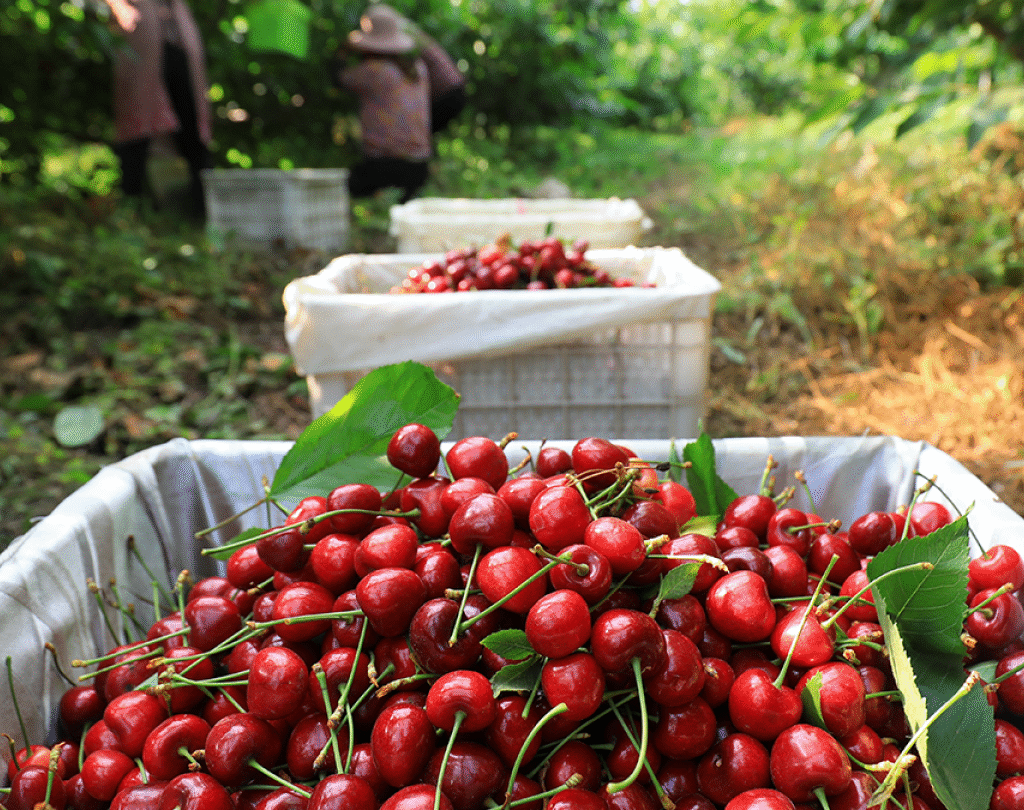
Cherries are more than just a delicious fruit. They’re packed with antioxidants, anti-inflammatory compounds, and essential nutrients such as vitamin C, potassium, and fiber. Two main types of cherries are produced for consumption:
- Sweet cherries (Prunus avium): Often eaten fresh and popular in desserts.
- Sour cherries (Prunus cerasus): Frequently used in cooking, baking, and juice production.
The cherry season is relatively short, typically lasting from late spring to early summer, which adds to their desirability and market value. Countries with mild spring weather and consistent rainfall tend to have the best success growing cherries.
Turkey: The World Leader in Cherry Production
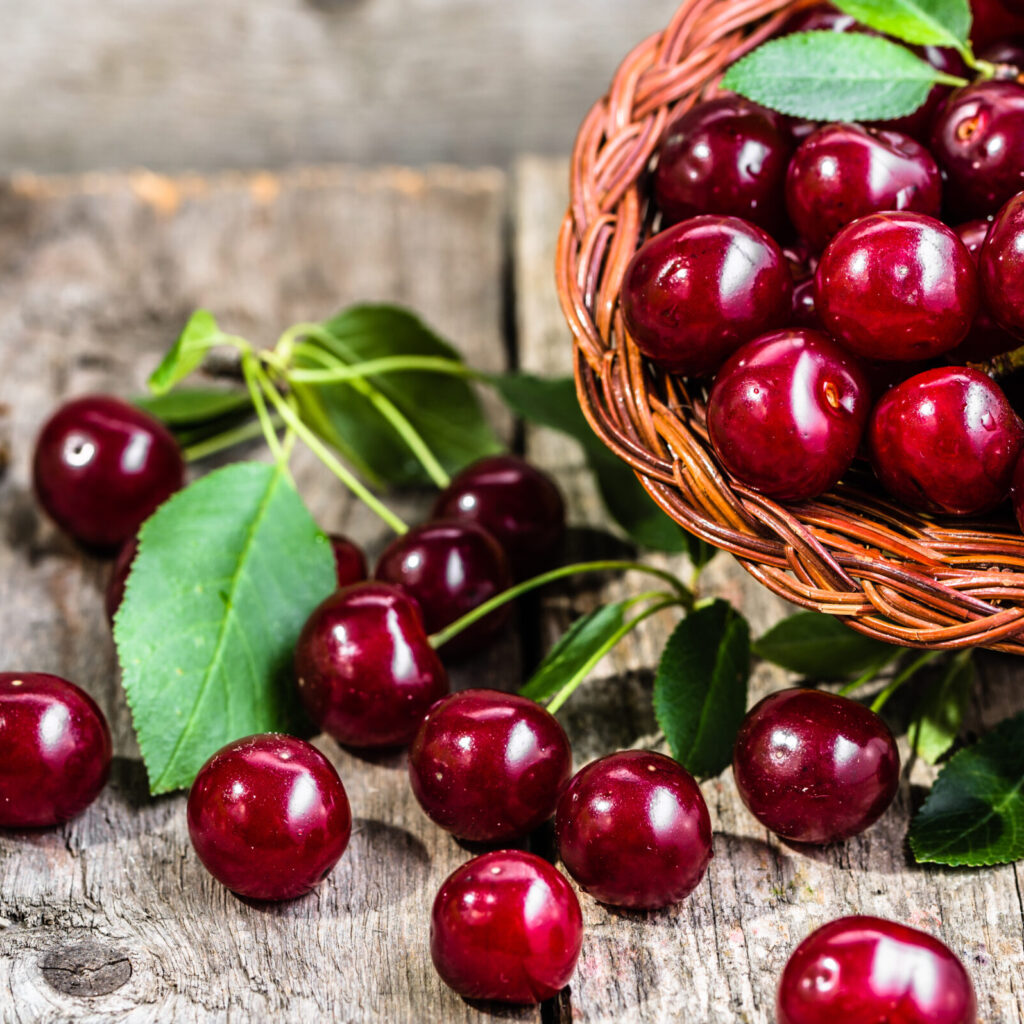
Climate and Geography
Turkey’s unique location straddling Europe and Asia gives it a rich variety of microclimates, making it ideal for growing cherries. The western and central parts of the country, particularly regions like Afyonkarahisar, Isparta, İzmir, and Manisa, are especially well-suited for cherry farming due to:
- Temperate winters and warm summers
- High-altitude farming areas
- Rich volcanic soil
- Adequate rainfall during critical growth periods
Historical and Agricultural Significance
Cherries have been cultivated in Turkey since ancient times. In fact, the English word “cherry” is thought to derive from Kerasus, the ancient name of the Turkish city of Giresun, where cherries were exported to Europe during Roman times. This long-standing tradition has given Turkish farmers centuries of expertise in cultivating premium-quality cherries.
Modern Production
According to data from the Food and Agriculture Organization (FAO), Turkey consistently ranks as the number one cherry-producing country in the world, producing well over 800,000 metric tons annually. Turkish cherries are known for their large size, bright red color, and superior taste. The Turkish government and agricultural cooperatives have heavily invested in improving techniques, expanding orchards, and promoting exports to Europe, Russia, and the Middle East.
Other Major Cherry-Producing Countries
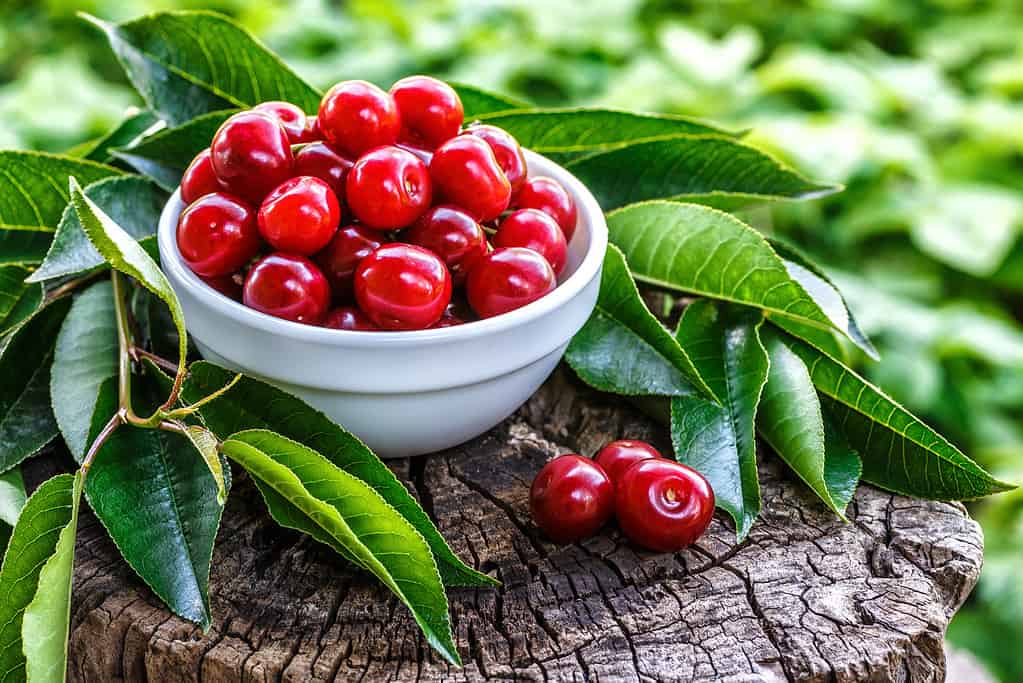
While Turkey leads in global production, several other countries also play major roles in the cherry industry.
1. United States
The U.S. is one of the largest producers and exporters of cherries, especially sweet cherries. The states of Washington, Oregon, California, and Michigan dominate cherry farming in the U.S.
- Washington produces about 60% of the country’s sweet cherries.
- Michigan is known for tart cherries, ideal for juice and pies.
The U.S. cherry industry is highly mechanized, with a focus on quality control, cold storage, and rapid transport, enabling large-scale export operations, particularly to Asia and Canada.
2. Iran
Iran has emerged as a key cherry-growing nation, thanks to its vast land area and climate suitable for both sweet and sour cherry varieties. Cherry cultivation is prevalent in provinces like Tehran, East Azerbaijan, and Fars. Iran produces more than 400,000 metric tons of cherries annually.
3. Chile
Chile is a powerhouse in the off-season cherry export market. Its Southern Hemisphere growing season allows Chile to supply fresh cherries to Northern Hemisphere countries during winter months. This timing makes Chile an essential part of the global cherry trade. The country exports most of its harvest, particularly to China, where demand is enormous during Chinese New Year celebrations.
4. China
China is a large producer and even larger consumer of cherries. While domestic production, especially in Shandong and Liaoning provinces, is growing rapidly, it’s not enough to meet demand. China imports cherries from Chile, the U.S., and Turkey, making it a central hub in the cherry import-export trade.
5. Uzbekistan
Uzbekistan is an emerging player in cherry cultivation due to favorable climate conditions and recent government investment in fruit production. While its export infrastructure is still developing, the country shows great potential in supplying nearby markets.
Global Cherry Trade and Export Trends
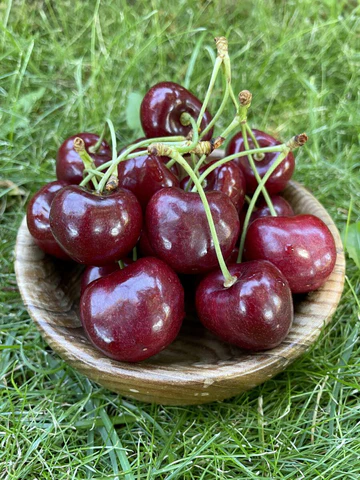
Cherries are considered a premium fruit, and global demand has been steadily increasing. Key markets for cherry exports include:
- Europe: Germany, the UK, and France are top importers of Turkish and U.S. cherries.
- Asia: China, South Korea, and Japan are among the biggest consumers, with China accounting for more than half of the global cherry imports.
- Middle East: Gulf nations import high-quality cherries, particularly from Turkey and Iran.
Fresh cherries are highly perishable, requiring efficient cold-chain logistics to ensure they reach consumers in optimal condition. As such, countries that invest in high-tech packing, air freight systems, and storage facilities tend to have a competitive advantage in global exports.
Challenges Facing Cherry Producers
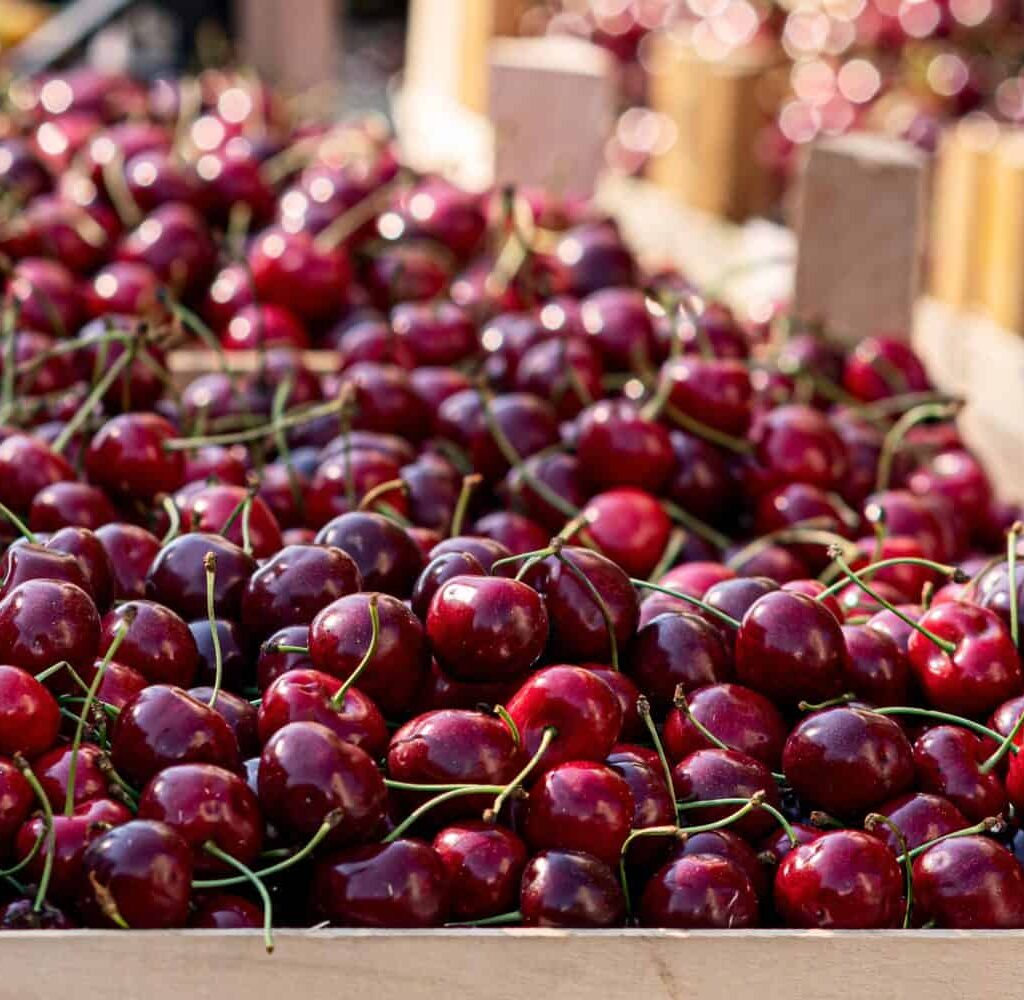
Even though cherry farming is profitable, producers face several challenges:
- Weather Risks: Cherries are sensitive to frost and hail, which can destroy entire crops.
- Labor Costs: Harvesting cherries is labor-intensive and requires careful handling to prevent bruising.
- Pests and Diseases: Birds, insects, and fungal infections can drastically reduce yields.
- Export Regulations: Producers must navigate complex phytosanitary requirements and tariffs, particularly when shipping to countries like China or the U.S.
Despite these obstacles, top-producing countries continue to innovate with better irrigation systems, pest-resistant varieties, and climate-resilient practices.
The Future of Cherry Production
As global demand grows, countries are working to:
- Extend the growing season through greenhouse technology.
- Breed new cherry varieties with improved shelf life.
- Develop eco-friendly pest and disease control methods.
- Improve cold storage and fast-shipping logistics.
Turkey, already leading the charge, is aiming to expand its share of high-value export markets, while newer players like Uzbekistan and Serbia are investing heavily in orchards and infrastructure.
Conclusion
So, which country is famous for producing the most cherries? The answer is clear: Turkey. With its favorable climate, deep-rooted agricultural tradition, and modern farming techniques, Turkey consistently outpaces the rest of the world in cherry production. However, other nations like the U.S., Iran, and Chile also play vital roles in ensuring that cherries reach consumers all over the globe year-round.
As cherry production becomes increasingly globalized and technologically advanced, we can look forward to seeing even more innovation and delicious varieties on our tables in the years to come.
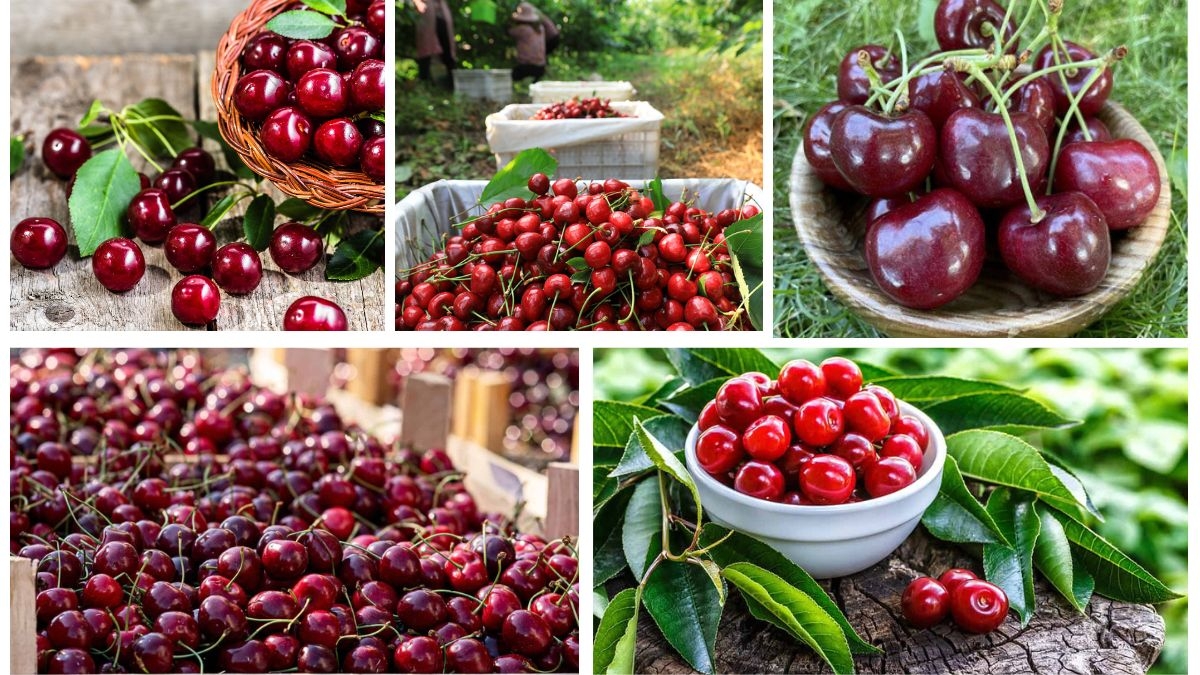



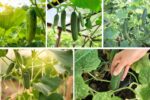

Leave A Comment